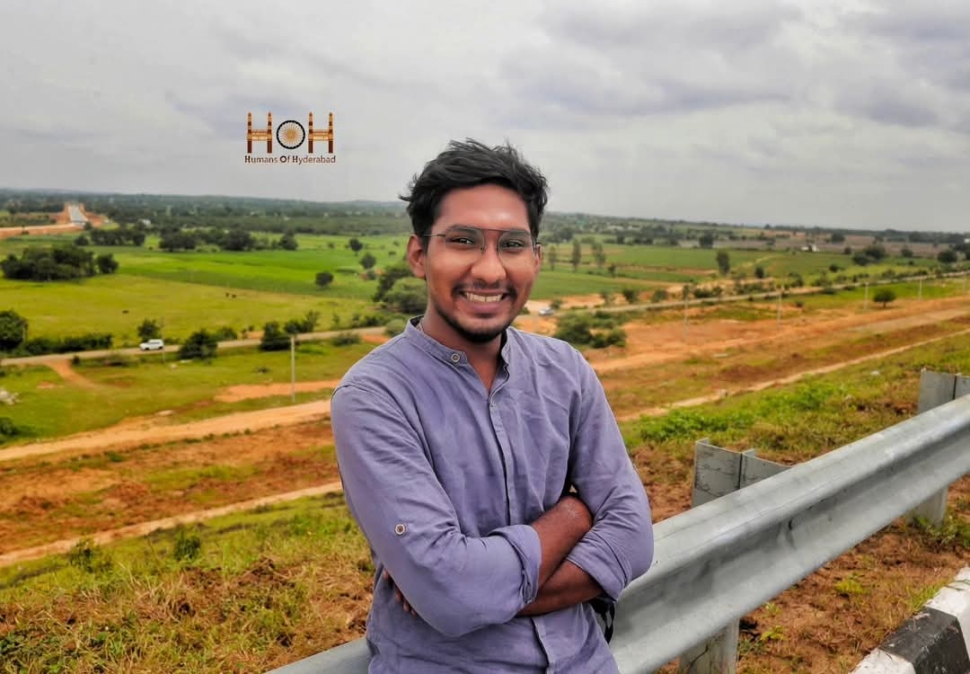“Right from childhood, I was more drawn to the creative side. Growing up in the 2000s, I spent hours watching channels like National Geographic and History 18. That’s where my interest in design and wildlife photography began. I seriously considered becoming a wildlife photographer at one point—but at the same time, I was fascinated by how design could improve lives.
My real passion was interior design. After completing my Intermediate, I pursued a diploma in interior design and later got into JNAFAU School of Planning and Architecture for my Bachelor’s in Design. Coming from a humble, middle-class background, my parents didn’t know much about the design field. I had no one to guide me, and getting into a creative college like JNAFAU wasn’t easy. But once I got in, I knew I had found the right place.
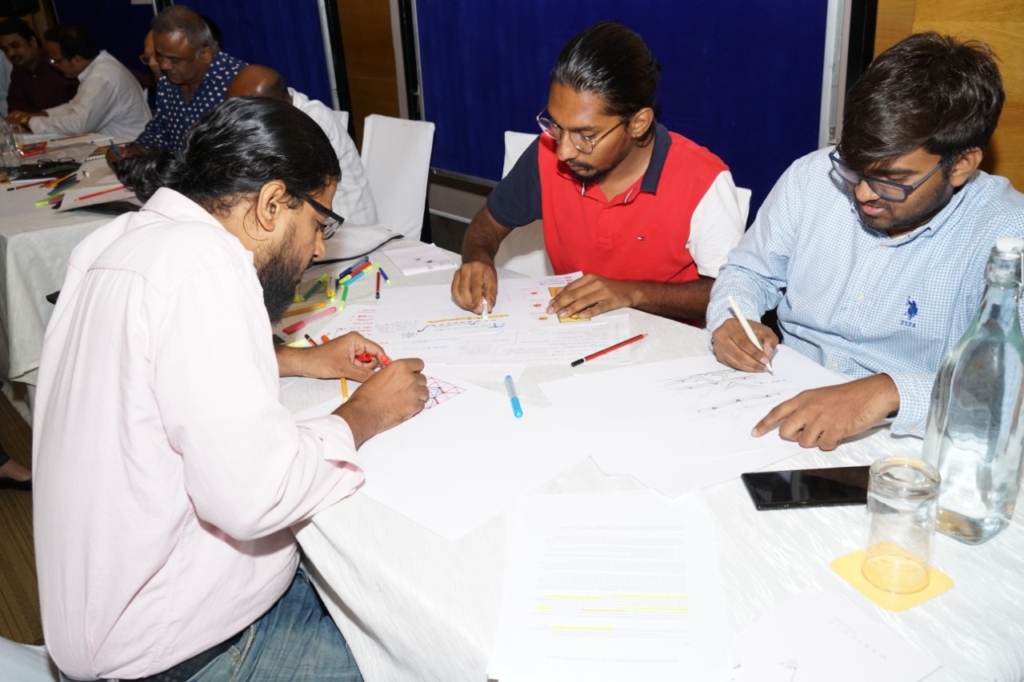
It was a self-driven journey. The college had 28 departments—from painting and sculpture to graphic design, architecture, and photography. I took every chance to learn across departments. I’ve always been observant—even while travelling in RTC buses, I used to study the seat structures and imagine better solutions. That habit of observing and questioning helped me grow as a designer.
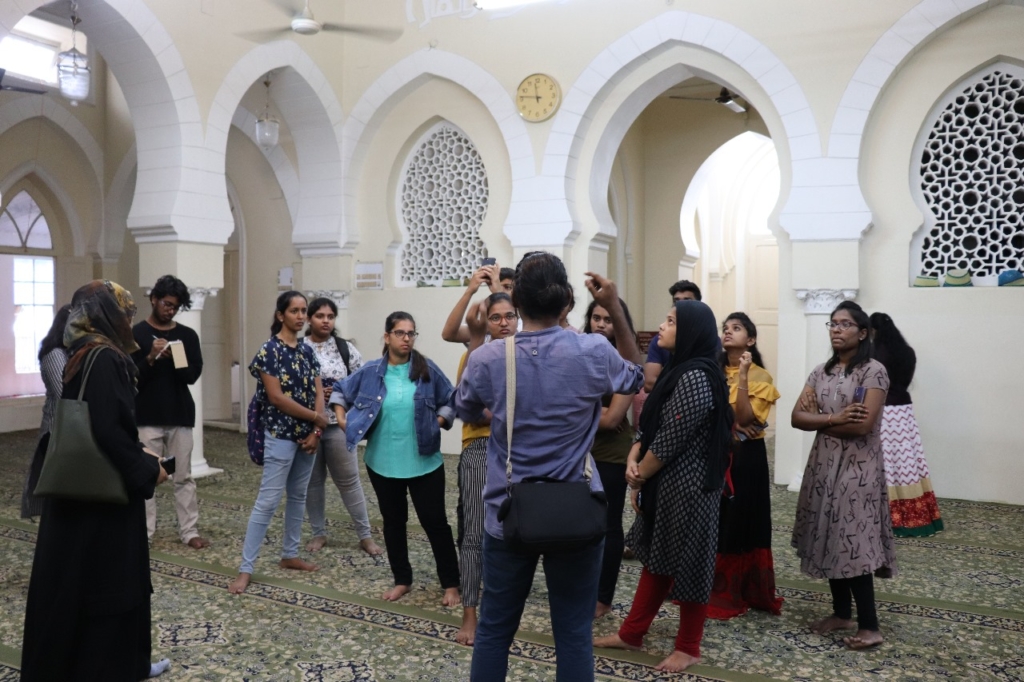
Over time, I also started conducting design walks around Hyderabad. I’d take groups through the city, talking about architectural elements, colour palettes, and styles—from Iranian domes to Spanish influences. We’d explore monuments and local structures, discuss implementation styles, and learn from the city itself. Hyderabad has always been a mix of tradition and modernity, and I try to reflect that in my work.
My mentors at college played a big role in my journey—especially Masood Shaik (then HoD of Architecture), Mr. Rohit, and others who supported me during workshops and networking events. I owe a lot to them.
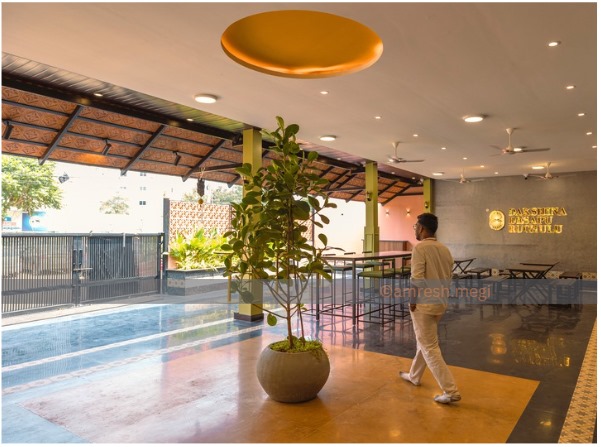
During COVID, many firms weren’t comfortable letting interns or juniors into office spaces. But I didn’t stop—I worked part-time on small projects and built my portfolio. That phase helped me gain confidence. Since then, I’ve worked on several residential and commercial spaces. One key project was the concept and interior design of Ram Ki Bandi restaurant—bringing the streets’ essence into a functional dining space.

That’s when I started my brand—Amresh Megi: Your Neighbourhood Designer. My idea is simple: create thoughtful, practical designs that suit real lives. Design isn’t always about luxury. It’s about comfort, accessibility, and improvement. I recently worked with a couple in their 70s, moving homes after 50 years. They were hesitant, but we kept the design simple, functional, and suited to their lifestyle. Now, they treat me like family. That’s the kind of connection I want to build with every project.
Outside work, I stay connected to nature and social responsibility. One of the recent concerns is the Kancha Gachibowli forest—a 400-acre natural scrubland in Hyderabad that’s home to a wide range of flora and fauna. It was earlier proposed for auction, and now there are plans to develop it into a ‘nature-themed’ space. But it’s already nature in its purest form. You don’t need to theme it—you just need to protect it.
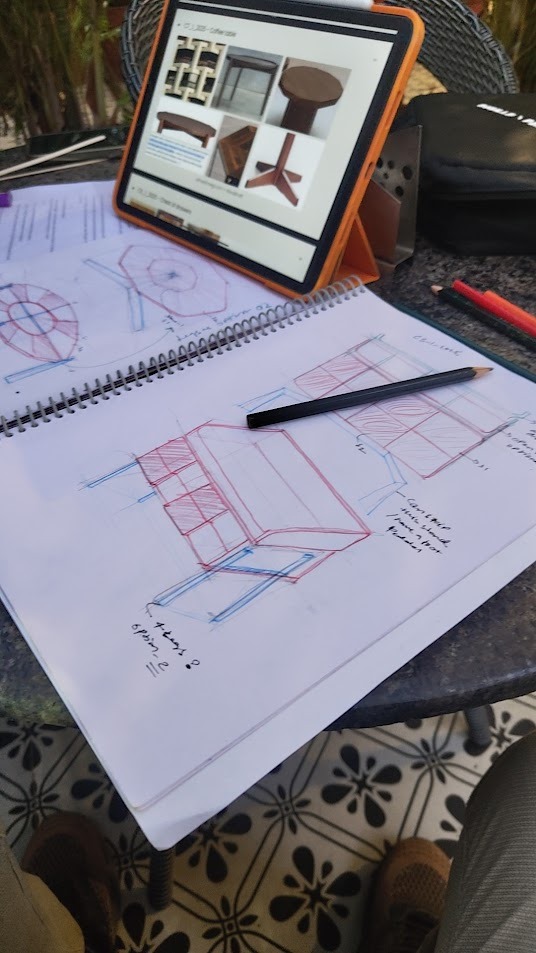
Professionally, the rise of AI in design is both exciting and concerning. Tools like AutoCAD and SketchUp have always helped, but AI-generated designs now dominate. While they offer speed, originality is at risk. Many blindly follow trends—like Ghibli-style visuals—without context. Real design needs thought, empathy, and relevance. AI can assist, but it can’t replace the designer’s responsibility.
For me, design is about improving lives—with better planning, more greenery, and spaces that feel like home. I want to bring change in homes and neighbourhoods—starting with inclusive, green, well-laid-out spaces for all.
That’s what I stand for—design with purpose, rooted in observation, driven by empathy, and always conscious of the world we’re building.”
- Amresh Megi, Designer
